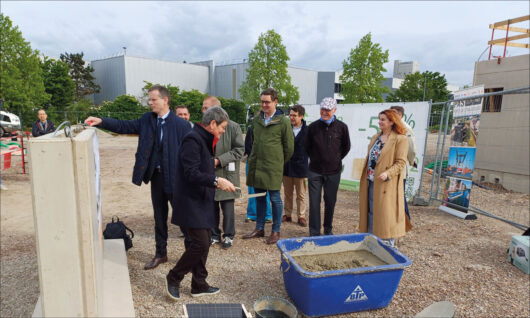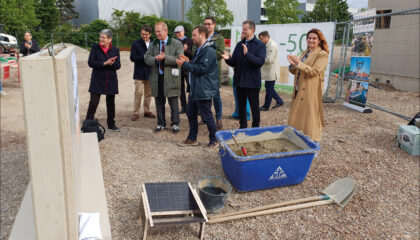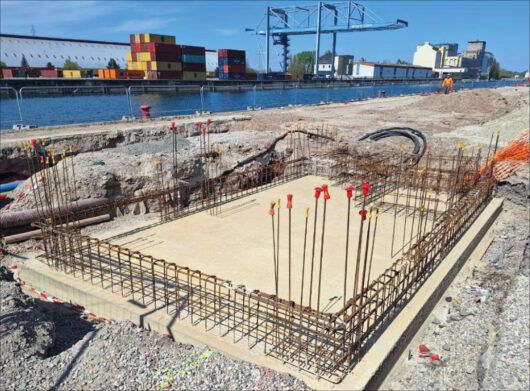
Strasbourg sets course for more sustainable river tourism
A major milestone in the sustainable development of river tourism in Strasbourg has been reached: the foundation stone ceremony for the future river station, located on Rue de la Minoterie, marks another step in adapting the PAS (Port Autonome de Strasbourg) to climate, environmental, and tourism challenges.
A modern, green, and connected infrastructure
Launched in January 2025, the construction of this new river station reflects a clear ambition: to combine high-quality service for cruise passengers with reduced environmental impact. By the end of 2025, up to eight 135-meter-long boats will be able to connect to the dock via electric terminals, partially powered by photovoltaic canopies. This is a key step toward decarbonizing river stopovers, in line with national and European standards.

